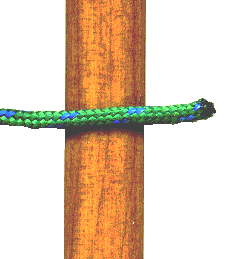I would go with
Figure 8
Double Fisherman
Constrictor
Taut Line Hitch
Figure 8 as a stopper, middle loop, end loop, uses are nearly endless and it is easy to learn and an overall good knot.
Double Fisherman to join lines. You may have several bits and pieces of line that you need to lengthen. This is easy and secure for lines of similar size.
Constrictor to lash stuff. Small amount of cord required for exceptional binding force. Nearly cannot remove.
As no one mentioned it already here is a visual from Alan Folsom
Knots 
Taut Line for tensioning supports, pulling tarps etc.